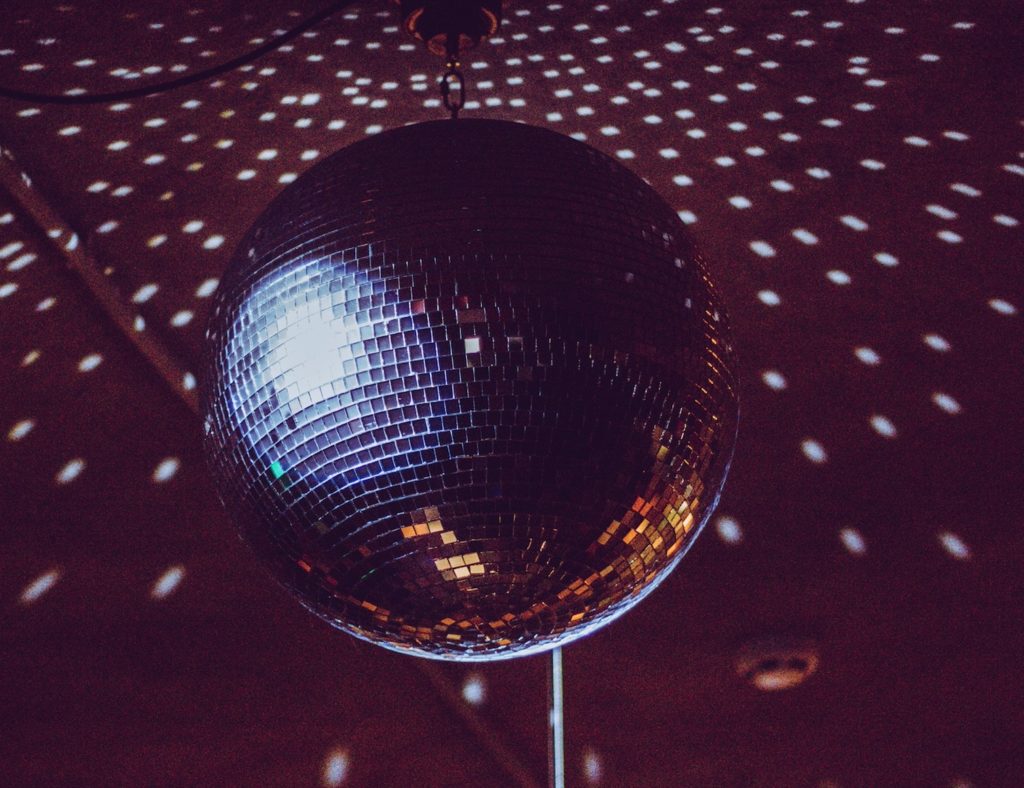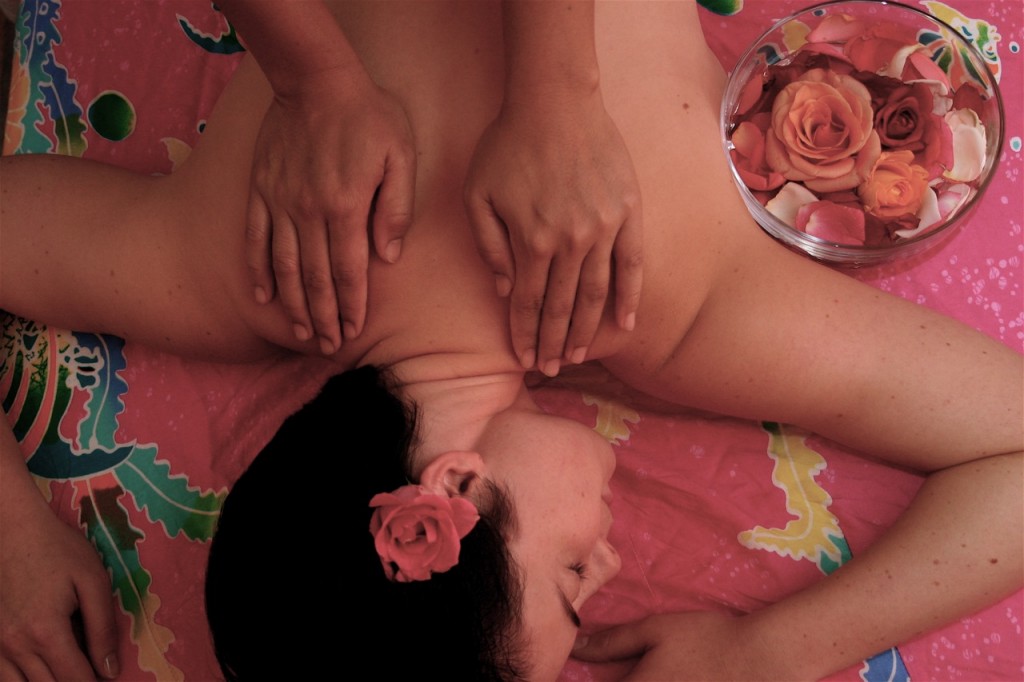
Muscle Soreness: How to Know If It’s Good, Too Severe or Just Right?
Photo Credit: Thomas Wanhoff, via Flickr Creative Commons
Anyone who has ever laced-up a pair of athletic shoes has most likely experienced muscle soreness the next day. Sometimes this soreness is just noticeable enough to let you know that you were active. It almost encourages you to continue improving your workout. Other times the soreness is so severe, however, that it makes you want to trade in your workout gear for a nice relaxing massage.
A very common misconception is that lactic acid is the cause of post-exercise muscular soreness.
For exercise to have a positive effect on us physically, our body needs enough of a challenge to promote a change, or adaptation to that challenge. Soreness is the result of physical injury to the muscle at a microscopic level during the exercise, and it signals a muscle repair occurring over the next several days.
A very common misconception is that lactic acid is the cause of post-exercise muscular soreness. In reality, however, lactic acid is typically gone within hours of exercise. The soreness that lasts for several days is referred to as “Delayed Onset Muscular Soreness” or DOMS. Symptoms of DOMS typically occur 12-24 hours post exercise with the most severe symptoms often occurring 24-72 hours post exercise.
DOMS is primarily caused by exercises where the muscle is lengthening under stress. This movement is an example of an eccentric muscle action such as lowering the weight on a bicep curl.
The severity of DOMS depends on several factors including exercise intensity, repetitions, and a person’s exercise history. New exercises also increase the likelihood that you will experience DOMS as your body adapts to its new challenge. While anyone is susceptible to DOMS, just one bout of soreness-producing exercise actually develops a protective effect that will reduce the chance of developing soreness in that same activity for weeks or months into the future. Some of the most common symptoms of DOMS are:
- Joint stiffness
- Decreased range of motion of both joint and muscles
- Tenderness to the touch
- Temporary reduction in strength of the affected muscles (lasting days)
DOMS doesn’t usually require medical treatment, but if the pain is debilitating or the swelling of the muscles is severe, you may want to consult your physician. There are a few healing treatments for DOMS, including massage, which has been shown in studies to help soreness and recover muscle function. Yoga also helps, and in extreme cases, a non-steroidal anti-inflammatory will also help.
One of the best ways to reduce the severity of DOMS is to start slowly with new exercises. Allowing the muscle time to adapt to new stress should help to minimize the severity of symptoms, but it is unlikely that soreness can be avoided altogether. It is also important to allow the muscle time to recover from work that produces soreness, so the same exercises on subsequent days should to be done judiciously.
Proper Warm-up
A proper warm-up is also important in preparing the muscle for the types of forces that may cause damage, but there is little evidence that warming up will prevent DOMS symptoms. Some people stretch before exercise, but it’s actually better to stretch after the body is warmed up, and after exercising. Stretching has not been shown to reduce or prevent symptoms of DOMS. DOMS should last only a few days (usually 3-5 days), and after all, the affected muscles will be better prepared for the same exercise in the future.
How do you know when you’ve pushed yourself too hard?








